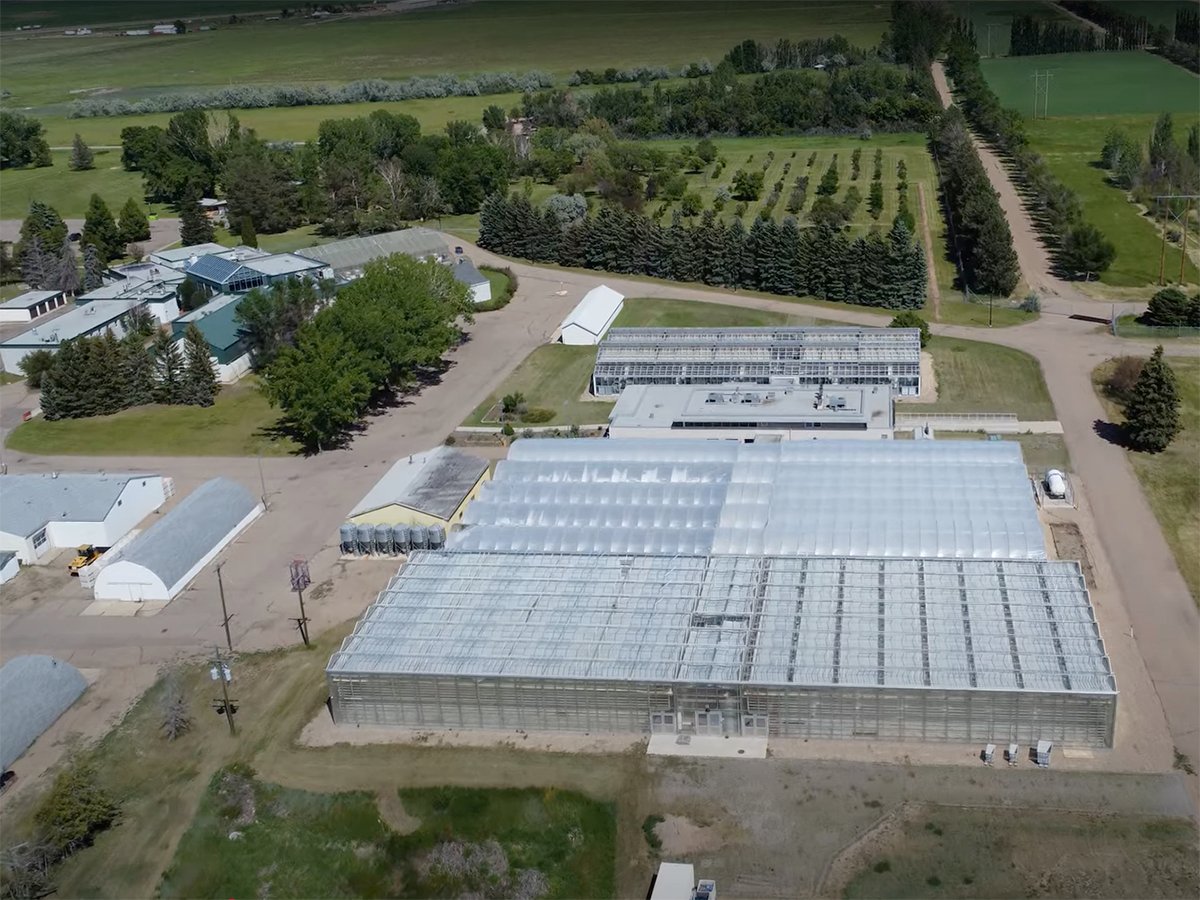REGINA – It’s only a matter of time before rusty grain beetles beat phosphine, humanity’s greatest weapon against them, researchers fear.
But the next anti-bug bomb might be as simple as dry ice elaborately applied.
“Eventually there’s going to be a fairly wide resistance in insects to Phostoxin,” the most widely used anti-grain beetle poison, said Noel White of Agriculture Canada’s Winnipeg research centre. “It’s developing quite rapidly.”
While Canadian producers have not had many problems yet, there are signs of phosphine resistant grain beetles in the United States. In tropical areas such as Brazil and India, the problem is becoming acute, he said.
Read Also

Alberta crop diversification centres receive funding
$5.2 million of provincial funding pumped into crop diversity research centres
White is trying to find methods of using carbon dioxide to kill grain beetles and other insects that infect grain. Carbon dioxide isn’t poisonous to humans, leaves no residue on grain and is made commercially, he said.
While the gas has been successfully used in Australia, White said tests in Canada have had mixed results.
Tests on 3,000 bushel steel-bolted granaries showed only about half the bugs in the grain were killed. The carbon dioxide used came in the form of dry ice.
Carbon dioxide is only effective in fairly airtight places, so tests this summer will be conducted in hopper rail cars and hopper bins on farms, he said.
A big obstacle to effective carbon dioxide use is distribution.
“Technically, it should be cost competitive with phosphine if you can get it on site fairly reasonably,” said White. “Right now you pretty well have to bring it in in a tanker truck.”
While carbon dioxide is a proven bug killer and commercial applications are possible, White doesn’t think it will replace phosphine until that chemical becomes ineffective, or banned.
But at least one prairie grain company has already started testing carbon dioxide treatments. Manitoba Pool Elevators tested a concrete elevator and a steel bin during September and October, and more tests are planned this spring, said Gord Geiger.
The tests proved so successful that Geiger thinks many new elevators will be designed with carbon dioxide applicators as standard equipment.
“I foresee that pipes will be in there, storage tanks will be there and if you have a problem you just push a button and a computer will just take over,” said Geiger.
The fall tests showed that both the concrete elevator and the steel bin were able to retain the carbon dioxide well enough to fumigate the grain contained in them.
White said U.S. studies have found a link between phosphine and cancer. If this proves true, the U.S. government would likely ban it, which would lead to bans in other countries.















